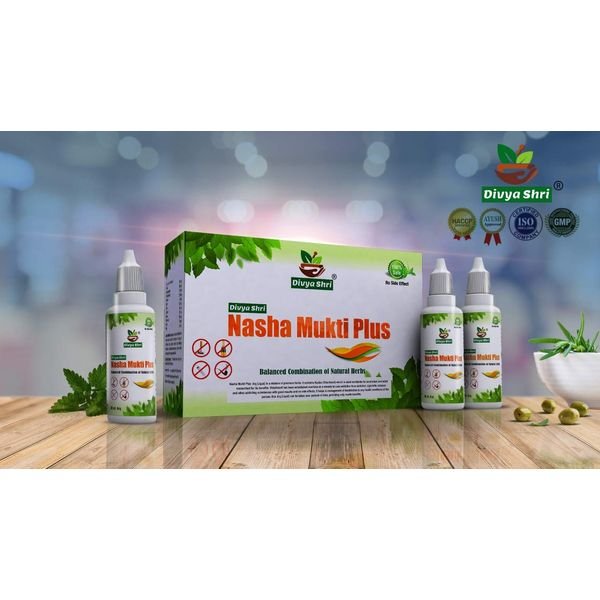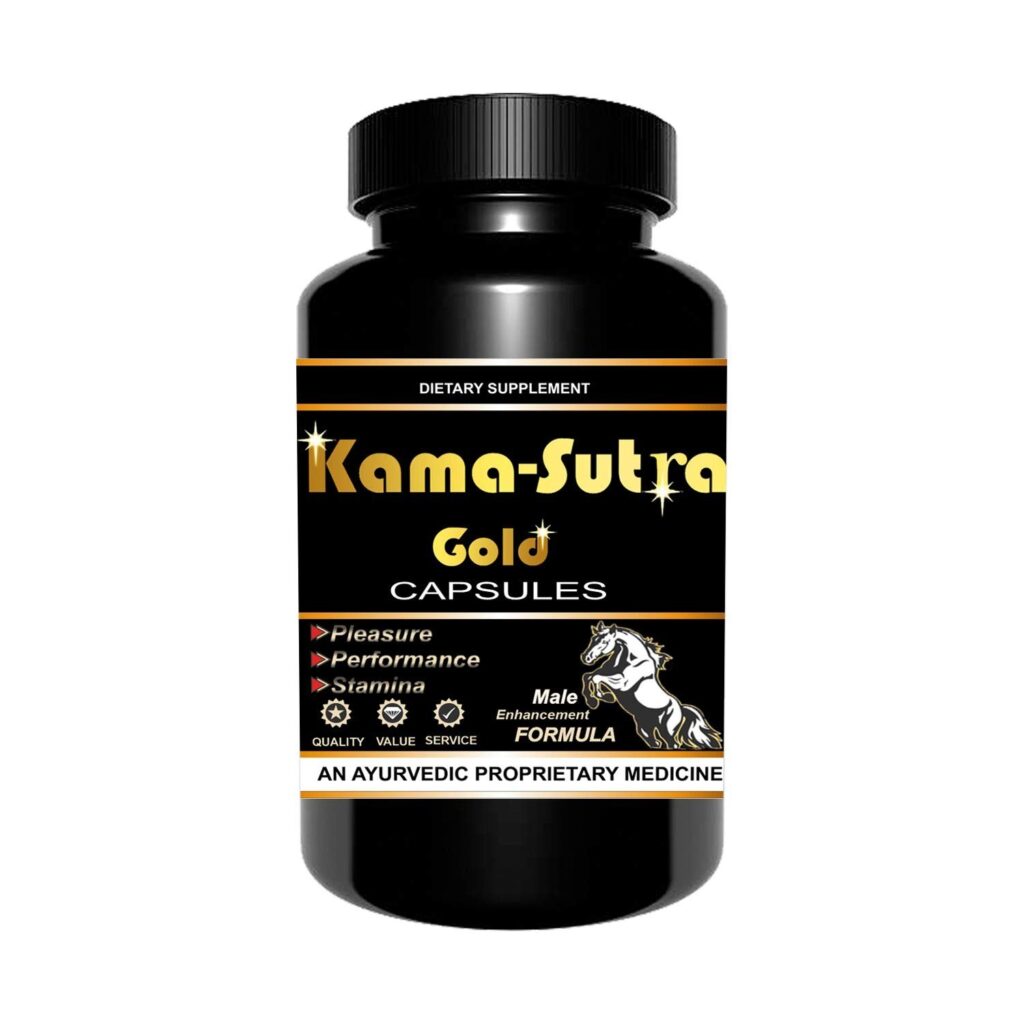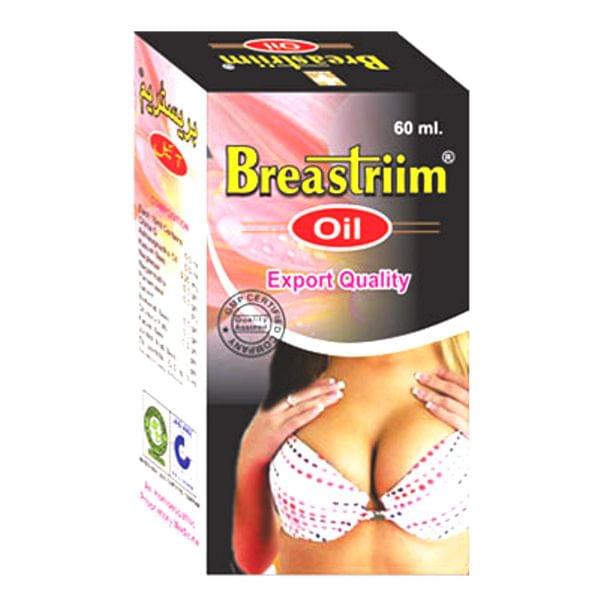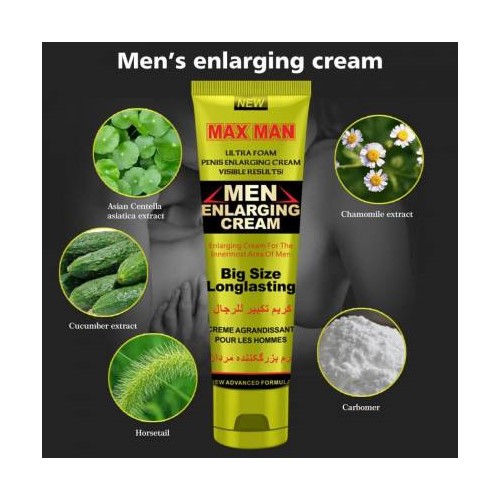When it comes to relieving pain and discomfort through massage, choosing the right body massage oil is essential. In this article, we will explore the top natural massage oils, essential oils for pain relief, and therapeutic massage oils that can help ease discomfort and promote relaxation.
Key Takeaways
- Selecting the right massage oil can enhance the effectiveness of a massage therapy session.
- Natural oils like lavender, peppermint, and eucalyptus are popular choices for pain relief and relaxation.
- Essential oils such as chamomile, ginger, and frankincense have properties that can help alleviate pain and inflammation.
- Therapeutic oils like arnica, rosemary, and cypress are known for their healing and soothing effects on sore muscles.
- Experimenting with different massage oils can help find the best option for individual preferences and needs.
Top Natural Massage Oils
Lavender Oil
Renowned for its calming scent, lavender oil is also a powerhouse when it comes to alleviating body pain. Its anti-inflammatory and analgesic properties make it a popular choice for massage therapy. When massaged into the skin, lavender oil can help ease muscle tension, reduce inflammation, and promote relaxation.
Application: To harness the benefits of lavender oil for pain relief, consider the following steps:
- Dilute lavender oil with a carrier oil, such as coconut or jojoba oil, to prevent skin irritation.
- Gently massage the oil into the affected area using circular motions.
- Allow the oil to absorb into the skin for full therapeutic effect.
Lavender oil’s versatility extends beyond pain relief; it’s also used to improve sleep quality and reduce anxiety. Incorporating it into your massage routine can lead to overall well-being.
Peppermint Oil
Peppermint oil is renowned for its cooling sensation and ability to soothe sore muscles. When massaged into the skin, it can provide quick relief from pain due to its natural analgesic properties. This makes it an excellent choice for those seeking natural pain management solutions.
Peppermint oil is also popular in aromatherapy for its invigorating scent that can help reduce tension headaches and promote mental clarity. For best results, it’s often blended with carrier oils such as coconut or jojoba oil before application.
When using peppermint oil, it’s important to remember that a little goes a long way. Start with a small amount and increase as needed to avoid skin irritation.
Here’s a quick guide on how to use peppermint oil for massage:
- Begin with clean, dry skin.
- Mix a few drops of peppermint oil with a carrier oil.
- Gently massage the oil into the affected area.
- Allow the oil to absorb into the skin for full therapeutic benefits.
Eucalyptus Oil
Eucalyptus oil is renowned for its potent anti-inflammatory properties, making it an excellent choice for soothing sore muscles and joint pain. Its cooling sensation provides immediate relief and helps to reduce discomfort.
Eucalyptus oil is also known for its ability to improve circulation, which can be beneficial in treating muscle tension and stress. For those seeking natural pain relief, incorporating eucalyptus oil into a massage routine can be particularly effective.
When using eucalyptus oil, it’s important to dilute it with a carrier oil to prevent skin irritation. A common ratio is one to two drops of eucalyptus oil per teaspoon of carrier oil.
Here are some popular carrier oils to use with eucalyptus oil:
- Sweet almond oil
- Coconut oil
- Jojoba oil
- Olive oil
Essential Oils for Pain Relief
Chamomile Oil
Chamomile oil is renowned for its soothing properties, making it an excellent choice for massage therapy aimed at pain relief. Its anti-inflammatory qualities can help reduce muscle spasms and ease discomfort associated with conditions like arthritis.
Chamomile oil is also known for its ability to promote relaxation and improve sleep, which can be beneficial for those suffering from chronic pain. Incorporating this oil into a massage routine can lead to a more restful state and aid in the body’s natural healing processes.
When using chamomile oil, it’s important to dilute it with a carrier oil to prevent skin irritation.
Here are some of the benefits of using chamomile oil for massage:
- Alleviates muscle and joint pain
- Reduces inflammation
- Enhances mood and reduces stress
- Promotes better sleep quality
Ginger Oil
Ginger oil is renowned for its anti-inflammatory properties, making it an excellent choice for massage therapy aimed at pain relief. When massaged into the skin, it can help reduce muscle soreness and alleviate the discomfort associated with arthritis.
Gingerol, the active component of ginger oil, is responsible for its analgesic effects. For those looking to incorporate ginger oil into their wellness routine, here’s a simple guide:
- Begin with clean, dry skin.
- Warm the oil slightly for better absorption.
- Apply the oil directly to the area of discomfort.
- Massage gently in a circular motion.
- Allow the oil to penetrate the skin for maximum benefit.
Remember, a little goes a long way with ginger oil. Start with a small amount and increase as needed based on your personal comfort level.
It’s also worth noting that ginger oil blends well with other massage oils, enhancing its therapeutic effects. For instance, combining it with eucalyptus oil can boost its pain-relieving properties.
Frankincense Oil
Frankincense oil, often revered for its calming and grounding aroma, has been used for centuries in various cultural and spiritual ceremonies. Beyond its aromatic appeal, it is also valued for its anti-inflammatory properties, making it an excellent choice for pain relief.
Frankincense oil can be particularly effective when blended with a carrier oil and applied to areas of the body experiencing pain or inflammation. Its analgesic qualities help soothe sore muscles and joints, providing a natural remedy for discomfort.
Frankincense oil’s benefits extend beyond pain relief, as it is also known to improve skin health and enhance mood. For those interested in incorporating this oil into their wellness routine, consider the following application methods:
- Topical application: Mix with a carrier oil and massage onto the affected area.
- Aromatherapy: Use in a diffuser to spread the calming scent throughout your space.
- Bath additive: Add a few drops to a warm bath for a relaxing and therapeutic soak.
While frankincense oil is generally safe for most people, it’s always best to conduct a patch test before widespread use to ensure no adverse reactions occur.
Therapeutic Massage Oils
Arnica Oil
Renowned for its healing properties, Arnica oil is a go-to remedy for athletes and those suffering from muscle soreness. Extracted from the Arnica montana plant, this oil is praised for its ability to reduce swelling and provide quick relief from discomfort.
- Warming and relaxing upon application
- Superb for moisturizing skin
- Ideal for sports massages
When used in massage, Arnica oil can significantly alleviate the stiffness in muscles, making it an excellent choice for post-workout recovery or to soothe injuries.
While it’s most effective when used consistently, even occasional use can offer noticeable benefits. For those with swollen ankles, a gentle massage with Arnica oil can be particularly soothing.
Rosemary Oil
Rosemary oil is renowned for its ability to stimulate blood circulation and relieve muscle pain. When massaged into the skin, it can help alleviate the discomfort associated with sore muscles and joint pain. Its invigorating scent also aids in reducing stress, which can further contribute to pain relief.
Rosemary oil is particularly effective when blended with a carrier oil. For those suffering from headaches, a mixture of rosemary essential oil with a carrier oil such as coconut or almond can provide significant relief. Here’s a simple recipe for headache relief:
- Mix 2-3 drops of rosemary essential oil with 1 tablespoon of a carrier oil.
- Gently massage the blend onto your temples and neck.
- Repeat as necessary for pain relief.
The combination of rosemary oil’s analgesic properties and the soothing effect of massage can be a powerful tool in combating tension headaches and migraines.
Cypress Oil
Cypress oil, with its fresh and clean aroma, is not only invigorating but also provides significant relief for muscular pain and cramps. Its ability to improve circulation makes it a favorite among massage therapists, especially when dealing with rheumatism and arthritis.
Massage techniques using cypress oil can vary, but the oil is particularly effective when used in a warm compress or directly applied during a massage. Here’s a simple guide to using cypress oil for pain relief:
- Begin with a few drops of cypress oil mixed with a carrier oil.
- Gently massage the oil into the affected area.
- Use smooth, circular motions to aid absorption and increase blood flow.
- For enhanced effects, apply a warm compress after the massage.
Cypress oil’s ability to reduce inflammation and ease muscle tension makes it a powerful ally in the fight against discomfort. Its therapeutic properties are enhanced when combined with other essential oils known for their pain-relieving effects.
Conclusion
In conclusion, choosing the right body massage oil can greatly help in easing discomfort and providing pain relief. Whether you prefer a soothing lavender oil or a warming ginger oil, the key is to find a product that works best for your individual needs. Remember to always consult with a healthcare professional before trying any new massage oil, especially if you have any existing medical conditions. With the right massage oil, you can enhance your massage experience and promote relaxation and well-being.
Frequently Asked Questions
How do massage oils help in pain relief?
Massage oils contain natural ingredients that help reduce inflammation, improve circulation, and relax muscles, leading to pain relief.
Can I use massage oils for sensitive skin?
It’s important to choose massage oils specifically formulated for sensitive skin or do a patch test before using them to ensure compatibility.
Are essential oils safe for massage?
Essential oils can be safe for massage when properly diluted and used in moderation. It’s best to consult a healthcare professional before using essential oils.
Which massage oil is best for headaches?
Peppermint oil is known for its soothing properties and is often used to relieve headaches. It can be diluted with a carrier oil and applied to the temples.
Can I use massage oils during pregnancy?
Certain massage oils are safe for use during pregnancy, but it’s essential to consult with a healthcare provider before using any products to ensure safety for both the mother and baby.
How often should I use massage oils for pain relief?
The frequency of using massage oils for pain relief can vary depending on individual needs. It’s recommended to start with a small amount and gradually increase as needed, following product instructions.











